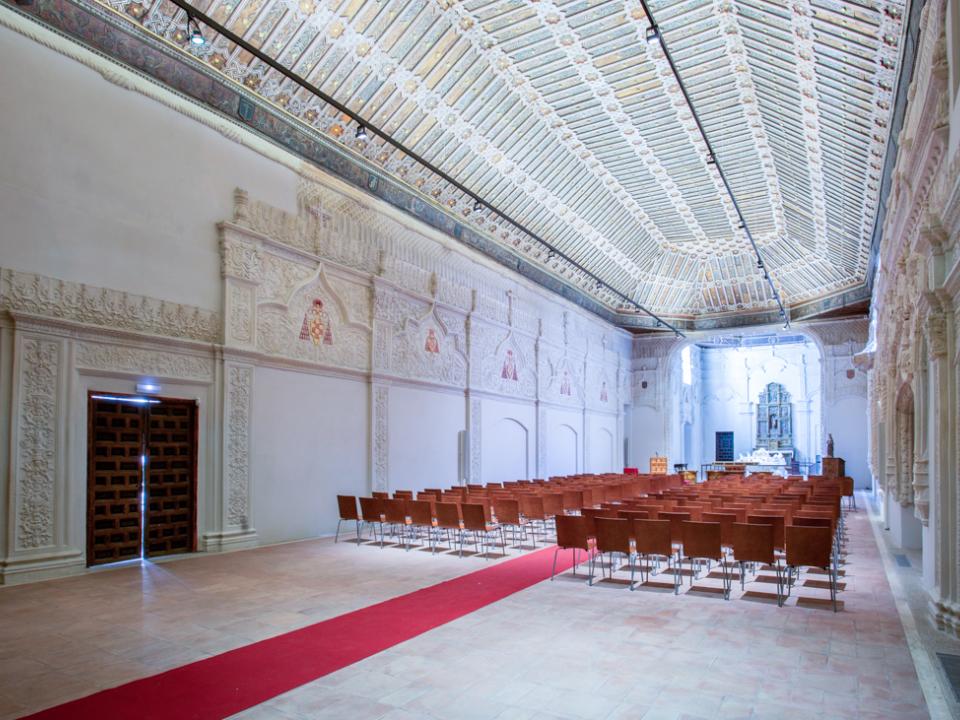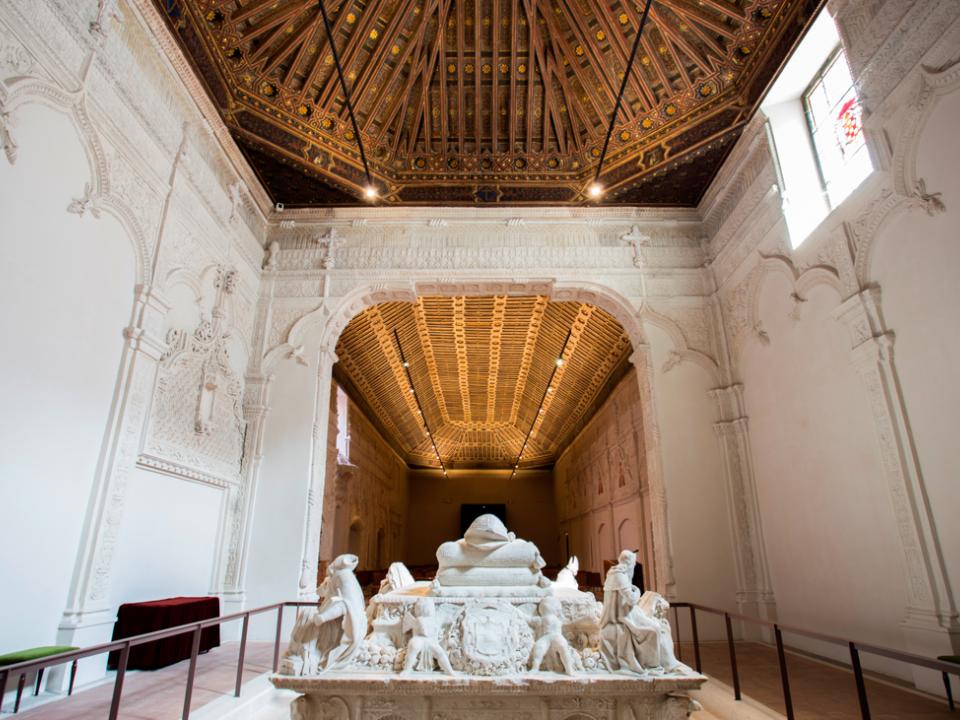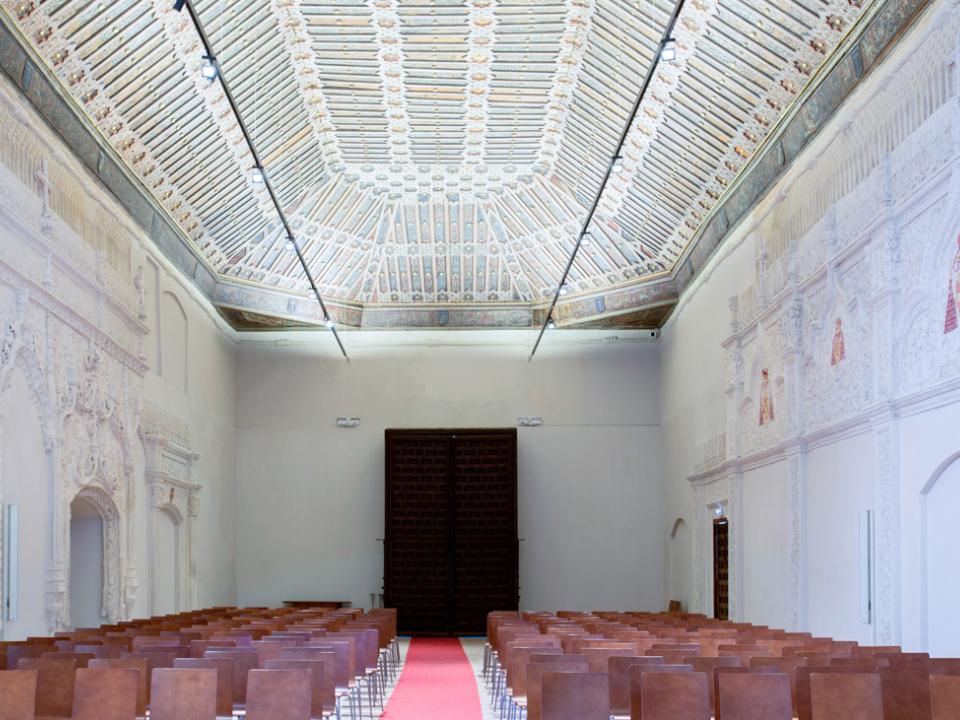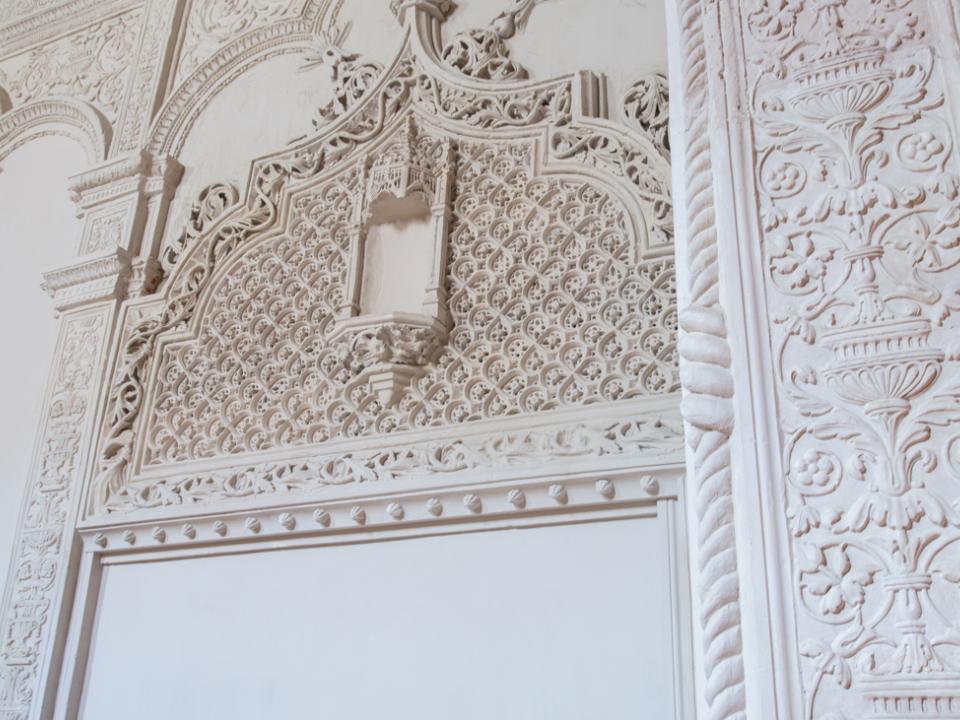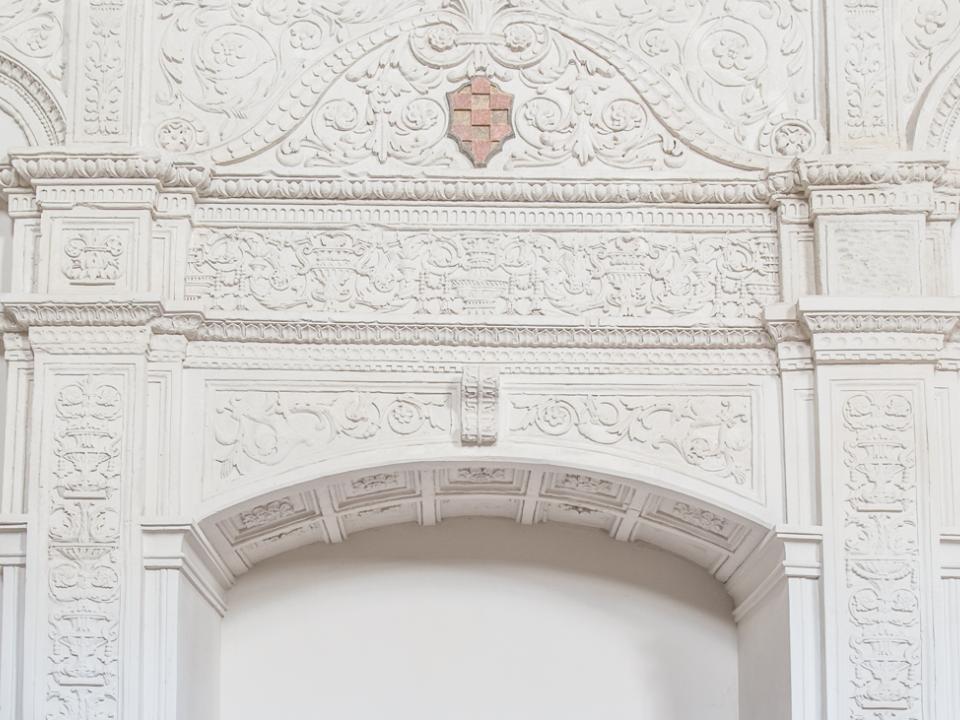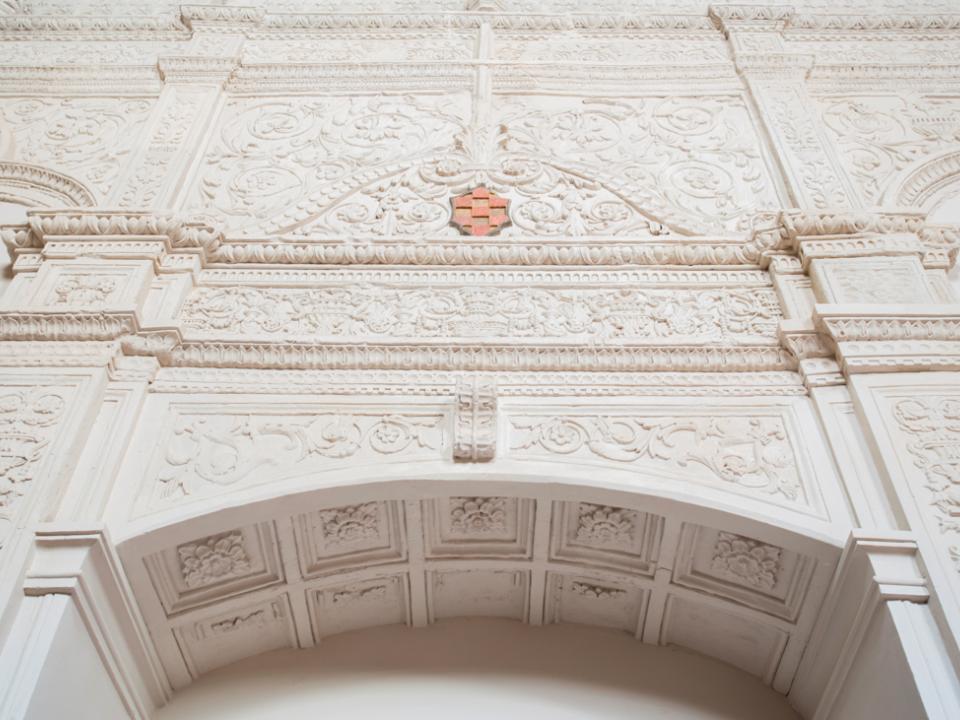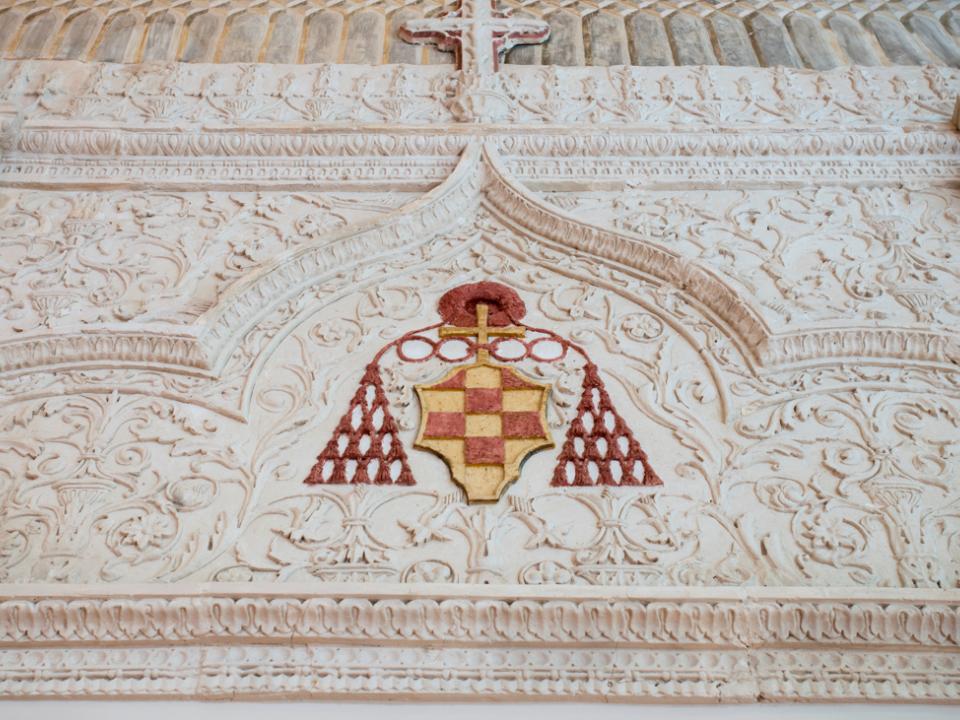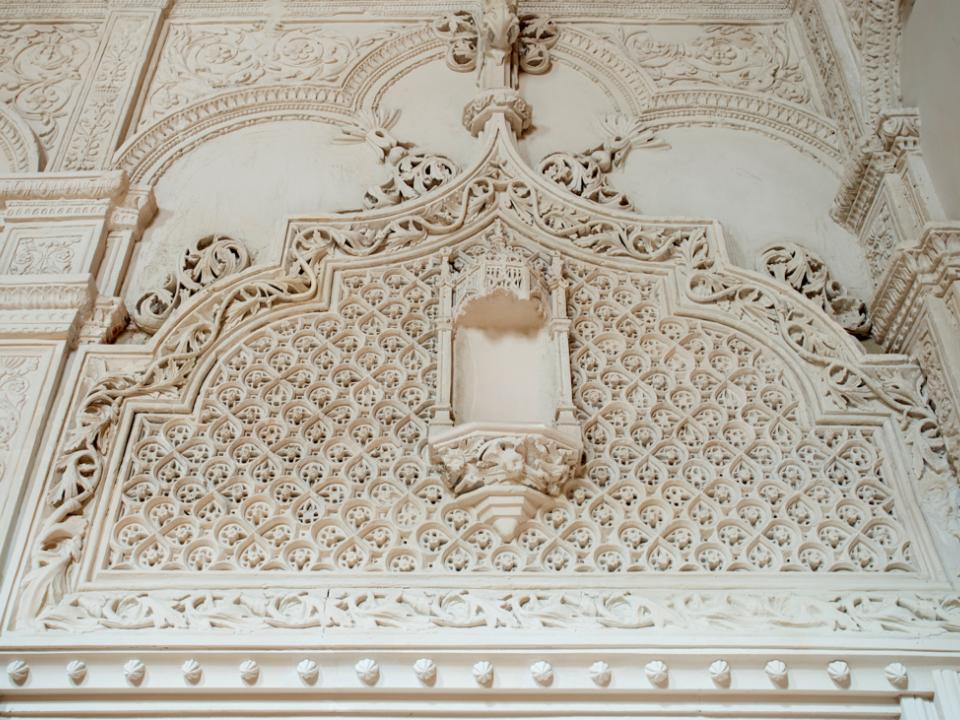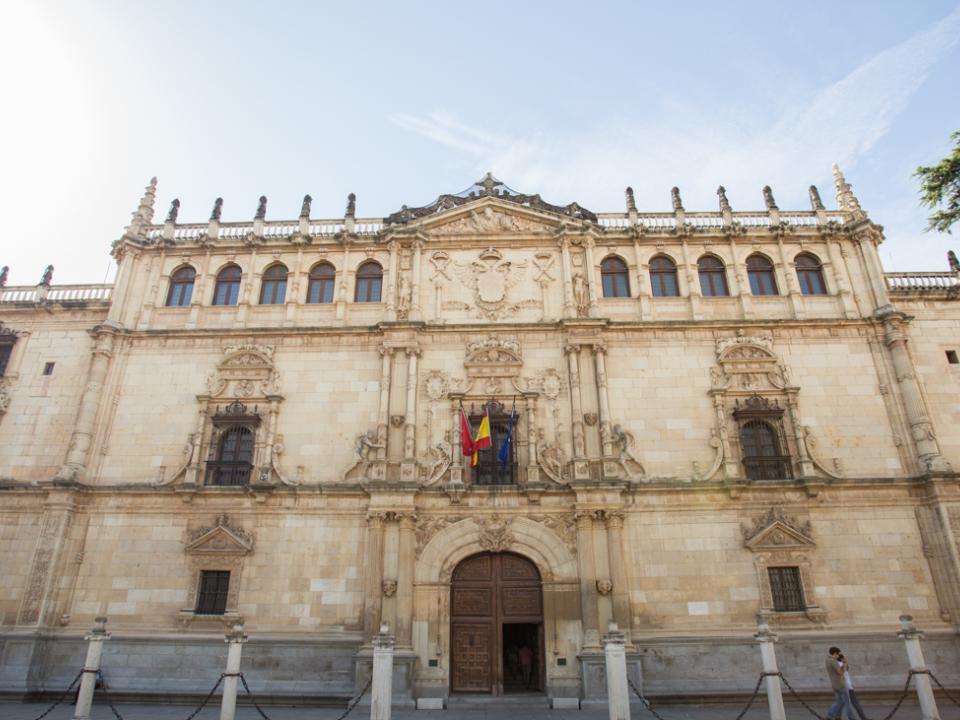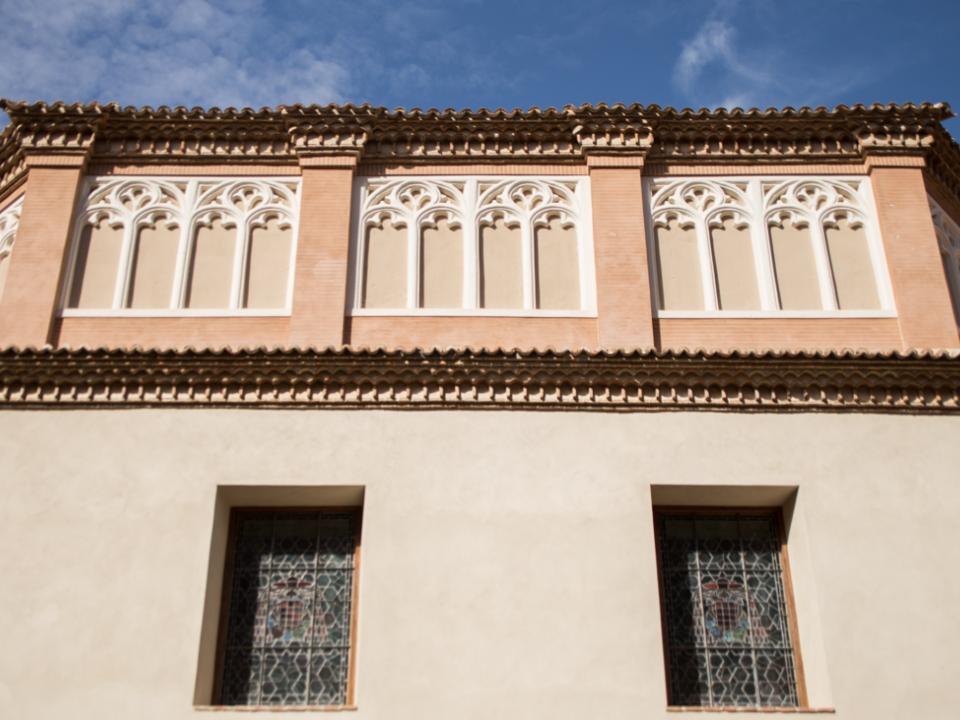Project description
The Saint Ildefonso Chapel was constructed in Alcala de Henares (Madrid) as a church for the University between 1500 and 1520, by the architect Pedro Gumiel. Its restoration has taken place with full respect to the original materials and dealing solely with those imperfections for which there was sufficient data for a faithful reconstruction. The work on carvings, mouldings and castings has been undertaken using Iberplast and Iberyola. On the facings Longips and Duro THD have provided a high level of surface durability and Mecafino Banda Oro pigmented in masse was used as a finishing plaster. On the exteriors the use of Alfamolde ceramic plaster has been decisive in carrying out the restoration of the spire and its facings, improving both its decorative and structural elements. In this way Placo plasters have facilitated a faithful restoration of the Saint Ildefonso Chapel, overcoming the main difficulty during this project in recovering the physiognomy of the carvings lost over the last 500 years.
Contractor
CREA – Carlos Martin
CReA “artisans conservation and restoration of plaster” is a family business, founded by Carlos Martín Jiménez. He started his career in the eighties, using plaster as a versatile and noble material in an imaginative exploration of its artistic possibilities. His work with this material has occurred as a search for limitless possibilities with ” Iberplast “. Many of his works have tended to recover a different meaning. With its interventions his works approximate what the author wanted to create. This is the case of the work presented, recovering plaster techniques employed by the builders of previous centuries. Carlos Martin has achieved with plaster, oscillating between the inert and the liveliness of his works, to recover the past.
Key Achievements
- A multi-disciplinary team which allowed the work to be approached from various viewpoints. Multiple techniques, diversity and complexity of the types of finish and coatings, in addition to manufacture and supporting elements (research, structure, work in wood).
- The meticulous intervention has led to the discovery of historical remains that were lost (the original entrances to the chapels, access to the pulpit).
- Having once more a view of the chapel just as it was conceived for Cisneros.
Key Challenges
- The difficulty in calculating the budget and execution time, due to a lack of documentation for the various interventions carried out previously.
- As it is a Heritage site, a series of guidelines set by the Krakow restoration charter had to be followed.
- The difficulty in cleaning work to eliminate the various layers, where the latest intervention (1960s) using a 2-3mm plaster grout on all the plasterwork caused serious deterioration to the original plaster, as the plaster was hygroscopic and produced salts.
- As it is a Heritage site, it was not possible to add pictorial layers, so the final toning of the facings had to be done using plaster.
